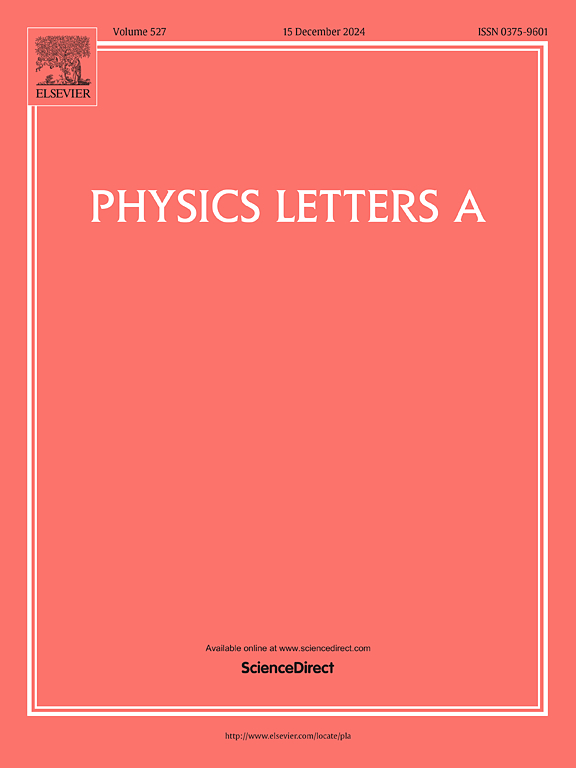(2+1)维gpKP方程的混合残差驱动自适应采样和加权损失pinn
IF 2.6
3区 物理与天体物理
Q2 PHYSICS, MULTIDISCIPLINARY
引用次数: 0
摘要
为了解决高维非线性偏微分方程(PDEs)复杂解预测和参数反演的挑战,本研究提出了一种自适应采样和损失加权物理信息神经网络(ASW-PINN)方法,克服了传统pinn在捕获陡峭变化区域方面的局限性。ASW-PINN方法采用混合残差驱动的自适应采样策略(结合PDE残差及其梯度)来动态增强高误差区域的采样密度,同时集成加权损失函数来平衡物理约束下的优化优先级。我们以(2+1)维广义势Kadomtsev-Petviashvili方程为例,对传统的pinn方法和ASW-PINN方法进行了一系列的实验比较。实验结果清楚地证明了ASW-PINN方法在提高精度方面的有效性,最终结果的相对L2误差在预测所有四种解时都有所降低。对于参数反演任务,ASW-PINN方法能准确识别噪声污染下的方程参数,突出了其鲁棒性。此外,还详细讨论了影响神经网络性能的关键因素,包括额外数据点的数量和神经网络的结构。本文章由计算机程序翻译,如有差异,请以英文原文为准。
PINNs with hybrid residual-driven adaptive sampling and weighted loss for the (2+1)-dimensional gpKP equation
To address the challenges of predicting complex solutions and parameter inversion for high-dimensional nonlinear partial differential equations (PDEs), this study proposes an adaptive sampling and loss weighting physics-informed neural network (ASW-PINN) method, overcoming the limitations of traditional PINNs in capturing regions with steep variations. The ASW-PINN method employs a hybrid residual-driven adaptive sampling strategy (combining PDE residuals and their gradients) to dynamically enhance sampling density in high-error regions, while integrating a weighted loss function to balance optimization priorities across physical constraints. We conduct a series of experimental comparisons between the traditional PINNs and the ASW-PINN method, using the (2+1)-dimensional generalized potential Kadomtsev-Petviashvili equation as an example. The experimental results clearly demonstrate the effectiveness of the ASW-PINN method in improving accuracy, with the relative error of the final results reduced in predicting all four solutions. For parameter inversion tasks, the ASW-PINN method accurately identifies equation parameters under noise contamination, highlighting its robustness. Furthermore, key factors affecting the performance of neural networks are discussed in detail, including the number of extra data points added and the architecture of the neural network.
求助全文
通过发布文献求助,成功后即可免费获取论文全文。
去求助
来源期刊

Physics Letters A
物理-物理:综合
CiteScore
5.10
自引率
3.80%
发文量
493
审稿时长
30 days
期刊介绍:
Physics Letters A offers an exciting publication outlet for novel and frontier physics. It encourages the submission of new research on: condensed matter physics, theoretical physics, nonlinear science, statistical physics, mathematical and computational physics, general and cross-disciplinary physics (including foundations), atomic, molecular and cluster physics, plasma and fluid physics, optical physics, biological physics and nanoscience. No articles on High Energy and Nuclear Physics are published in Physics Letters A. The journal''s high standard and wide dissemination ensures a broad readership amongst the physics community. Rapid publication times and flexible length restrictions give Physics Letters A the edge over other journals in the field.
 求助内容:
求助内容: 应助结果提醒方式:
应助结果提醒方式:


